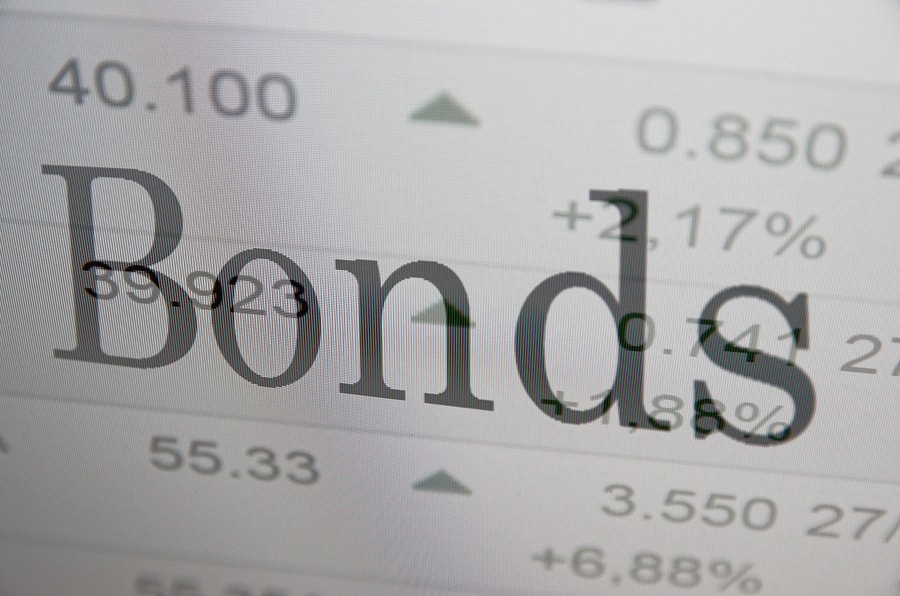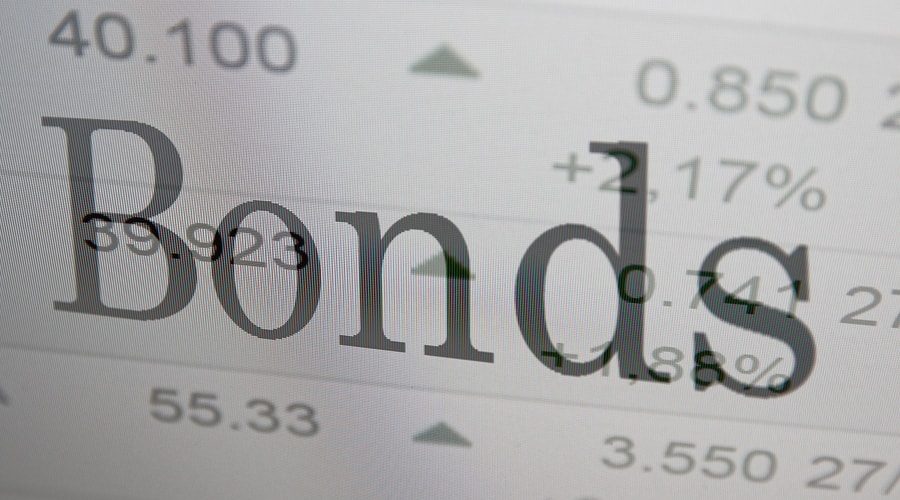Fixed Rate and Fixed Term Types of Bonds | Definition
When you invest in bonds for the first time, you will find that fixed rate bonds and fixed term bonds are among the easiest to understand.
The reason why these types of bonds are easier to understand is because they don’t have as many variables or complexity as other types of bonds or financial products.
The bond rate and the bond term are set at the date of purchase, leaving very little uncertainty in the mind of the investor.
Fixed Rate Bond
Fixed rate bonds are sold with a specified coupon rate that will last until the bond matures.
The coupon rate is the amount of interest that will be paid on the bond.
For example, if you bought a $1000 bond with a term of 10 years and a coupon rate of 3%, you would be paid 3% on your investment every year for ten years.
This contrasts a fixed rate bond to a floating rate bond.



Image source: Bigstock
In floating bonds, the rate paid on the bond is affected by other factors, such as the prime interest rate.
Because there is variability in floating bonds, there is sometimes the potential to earn higher interest rates than on fixed rate bonds, but there is also the risk of earning less.
The reason a fixed rate bond is such a stable investment instrument is because it guarantees a certain amount of cash flow. External factors won’t affect the amount of income that you’re paid on a bond of this type.
This makes it a good part of a balanced portfolio that is created for income generation.
It also makes predicting the amount of income you can count on from your investments very easy, whereas investments affected by any kind of a floating rate are more difficult to predict.
Fixed Term Bonds
Fixed term bonds are bonds that come due at a specified date.
This means that once the bond matures, the borrow is forced to repay the principle payment that was paid for the bond. Almost all bonds have fixed terms, although some have a range within which you can redeem a bond.
Some U.S. savings bonds, for instance, can be redeemed after 5 years without a penalty, but may be held up to 30 years.
Fixed term bonds can still be bought and sold on the market, potentially for more or less money than the face value of the bond.
However, if you hold the bond to the end of that term and redeem it, you are guaranteed to be paid back the value that you initially paid for it.
Stability
Investing is about finding balance. This includes balance between risk and safety and between stability and volatility.
Fixed term bonds and fixed rate bonds provide both stability and safety.
They are a safe investment that should provide a predictable rate of return.
However, this is often a lower rate than an investor might make on his or her riskier investments.
Having some percentage of your wealth invested in this type of product creates balance, protecting the cash flow and overall portfolio.
That way, the investor is free to invest in more volatile options, such as stocks, with the rest of his wealth.
AdvisoryHQ (AHQ) Disclaimer:
Reasonable efforts have been made by AdvisoryHQ to present accurate information, however all info is presented without warranty. Review AdvisoryHQ’s Terms for details. Also review each firm’s site for the most updated data, rates and info.
Note: Firms and products, including the one(s) reviewed above, may be AdvisoryHQ's affiliates. Click to view AdvisoryHQ's advertiser disclosures.



